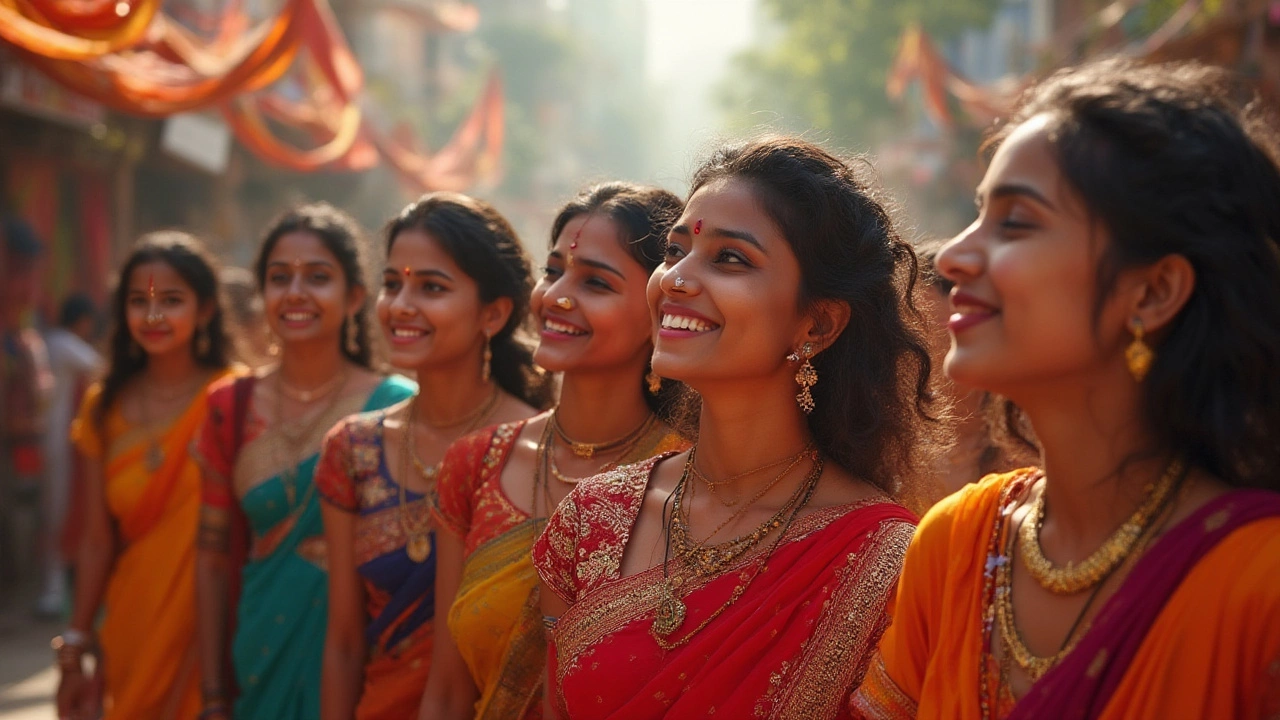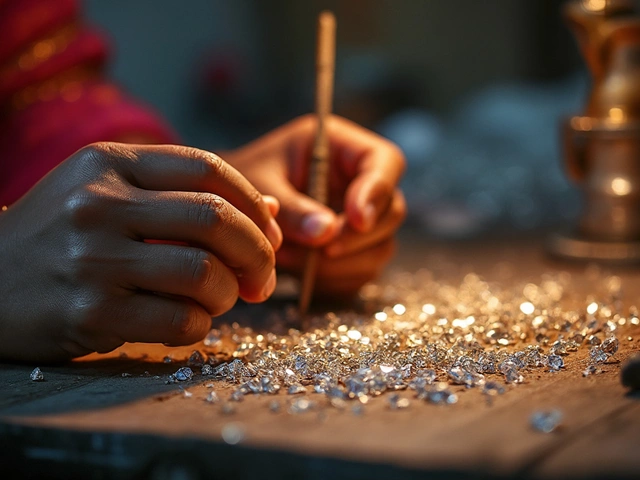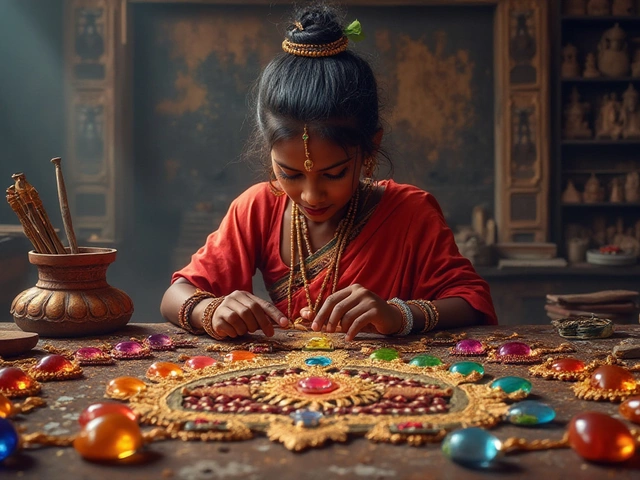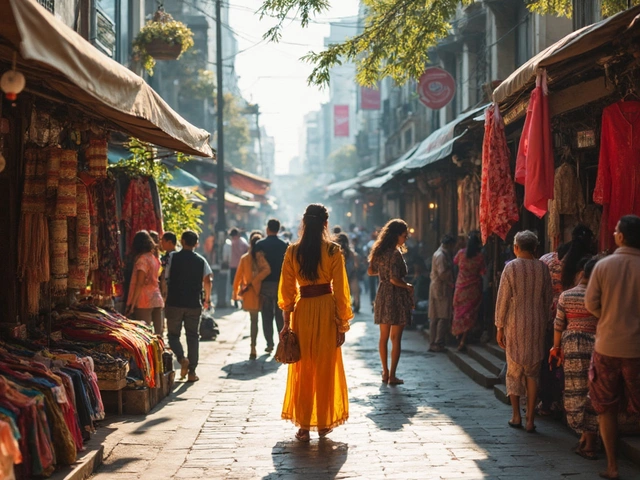Ever noticed how something as tiny as a nose pin can spark so much interest—and even debate? You see nose pins glinting at weddings, in busy markets, in elegant offices, and even under the helmet visors of bikers cruising down the street. They’re not just about fashion; they’re a conversation starter, a subtle rebellion, or a sign of deep-rooted beliefs, depending on who you ask. Nose pins have this surprising power to weave stories through generations, going way beyond the bling.
The Cultural Story Behind Nose Pins
To really get why girls wear nose pins, you have to zoom out and look at the big picture: culture, tradition, and identity. The earliest known references to nose piercings pop up almost 4,000 years ago in the Middle East. But it was India that shaped the practice most, giving it layers of meaning and turning it into what it is today. In Indian culture, especially among Hindus, nose pins or ‘nath’ aren’t just jewelry—they’re loaded with symbolism. For starters, there’s this pretty fascinating connection to Ayurveda, the ancient Indian medical system. Some say piercing the left nostril eases childbirth and menstrual pain, because that side is linked to reproductive organs in Ayurveda. That’s probably why you see South Asian brides so often rocking the nose ring: it’s both a beauty thing and a good luck charm for married life.
But let’s not stop at India. All across the world, you’ll find women—and sometimes men—wearing nose pins, each for different reasons. In Bedouin, Berber, and some African tribes, the nose ring shouts out status and wealth. In Nepal and Pakistan, it’s wrapped in wedding customs. Even in modern Western culture, nose piercings have gone from being a punk move to mainstream fashion, with celebrities like Zendaya and Rihanna giving nose pins their moment on global red carpets. And let’s be real—social media is only speeding that up.
Schoolyard rules, family opinions, and old myths used to keep girls from getting their noses pierced. Now, there’s way more acceptance. I still remember my cousin, in a tiny village, getting a gold pin for her sixteenth birthday—a rite of passage everybody looked forward to. For her, it wasn’t just about looking older or more stylish, but about belonging, stepping into her cultural story, and showing a kind of pride you can’t get from any other accessory.
If you like hard facts, here’s something to chew on. According to a 2022 survey done across India, about 58% of women aged 15-40 had their noses pierced. That’s wild, considering India’s population. In more urban places, that number drops to about 32%, but among brides (especially in states like Maharashtra, Gujarat, and Bengal) the rate goes above 80%. The nose pin isn’t losing its sparkle anytime soon.
| Country | % of Women (15-40) with Nose Piercings | Common Metal | Main Cultural Meaning |
|---|---|---|---|
| India | 58% | Gold/Silver | Marriage, Spiritual |
| Nepal | 68% | Gold | Marriage |
| Paksitan | 70% | Gold/Silver | Wedding, Ritual |
| Nigeria (Fulani) | 34% | Gold | Status/Wealth |
| USA | 21% | Varied | Fashion, Self-Expression |
Traditions evolve, tastes change, but if you dig deep, a nose pin almost always points to something bigger: identity, belonging, celebration, or maybe just the wish to stand out. And when you see that glimmer near someone’s smile, you can bet there’s a story behind it.
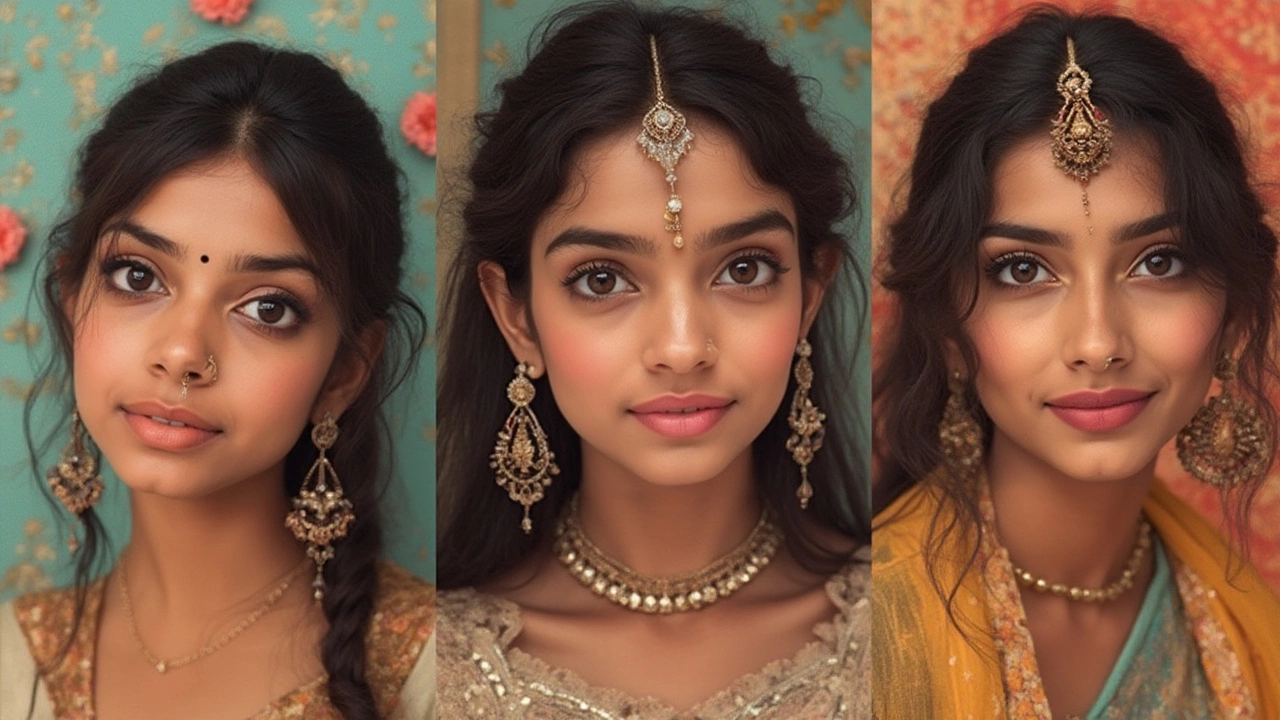
Style, Trends, and Personal Expression
It’s 2025, and when you walk through a shopping mall—or scroll Instagram—you’ll see nose pins everywhere, but they don’t all look the same. If you only imagine big gold hoops from old Bollywood movies, you’re missing out. Today’s nose pin scene is bursting with variety. Minimalist studs for someone who wants that subtle “blink and you’ll miss it” shimmer. Diamond dots for people who love a bit of glam. Vintage-inspired crescent shapes, bold septum rings, and pops of color with precious stones for the trendsetters. Sometimes it really is about the right level of “look at me.”
And here’s where things start to get personal. For many women (and not just women; shoutout to the guys!), the nose pin is about taking control of their own image. My friend Sneha, for example, went for a sleek platinum pin right after landing her first job—a sort of “I made it” treat for herself. Others get pierced after a heartbreak, or for a big life milestone. In fact, a 2024 beauty survey in India found that 38% of women aged 18-25 say their nose pin is a symbol of rebellion or self-definition, not just tradition.
This is where you see the most experimentation. You’ll spot gold, silver, platinum, even funky resin pieces making waves at street markets. International jewelry designers now stock nose pins inspired by everything from manga art to 90s hip hop. Major jewelry retailers reported a 21% jump in nose jewelry online sales between 2021 and 2024. Many cities have piercing studios offering same-day customization, so you can turn your family heirloom or a basic gold pin into something that’s totally "you."
For anyone worried about work settings, you’d be surprised—companies across tech and creative industries have relaxed their dress codes, so nose pins are almost as acceptable as wearing a smartwatch or a simple chain. Heck, even my own boss showed up one Monday with a sparkling stud after a Goa vacation!
Wondering if a nose pin will suit your face? There’s actually a bit of science to it. Oval faces work well with just about any style—be it a circle, stud, or chain. Round faces look great with longer pins or dangly styles that add a bit of vertical stretch. Square faces? Try a delicate hoop or floral design to soften the lines. If your skin’s sensitive, titanium or surgical-grade steel pins are the go-to. It’s worth visiting a professional piercer, not a back-alley place, for safety—no one needs an infection ruining their new look.
Here are a few tips if you’re looking to rock a nose pin:
- New piercing? Stick with hypoallergenic metals for the first few months to avoid irritation.
- Cleansing is non-negotiable. Use saline solution daily until it heals.
- Avoid heavy makeup or creams around the piercing till the skin settles down.
- Switch up your jewelry only after the recommended healing time, usually about 6-8 weeks.
- Feeling bold? Try a septum ring for a dramatic flair—it’s removable, so you have options.
The coolest part about nose pins in 2025: there’s no single right look. Want to go minimal on weekdays and sparkly for a wedding? Totally possible. Many people even own several designs—one for each mood, like I do with Bruno’s collection of bandanas depending on his walk that day.
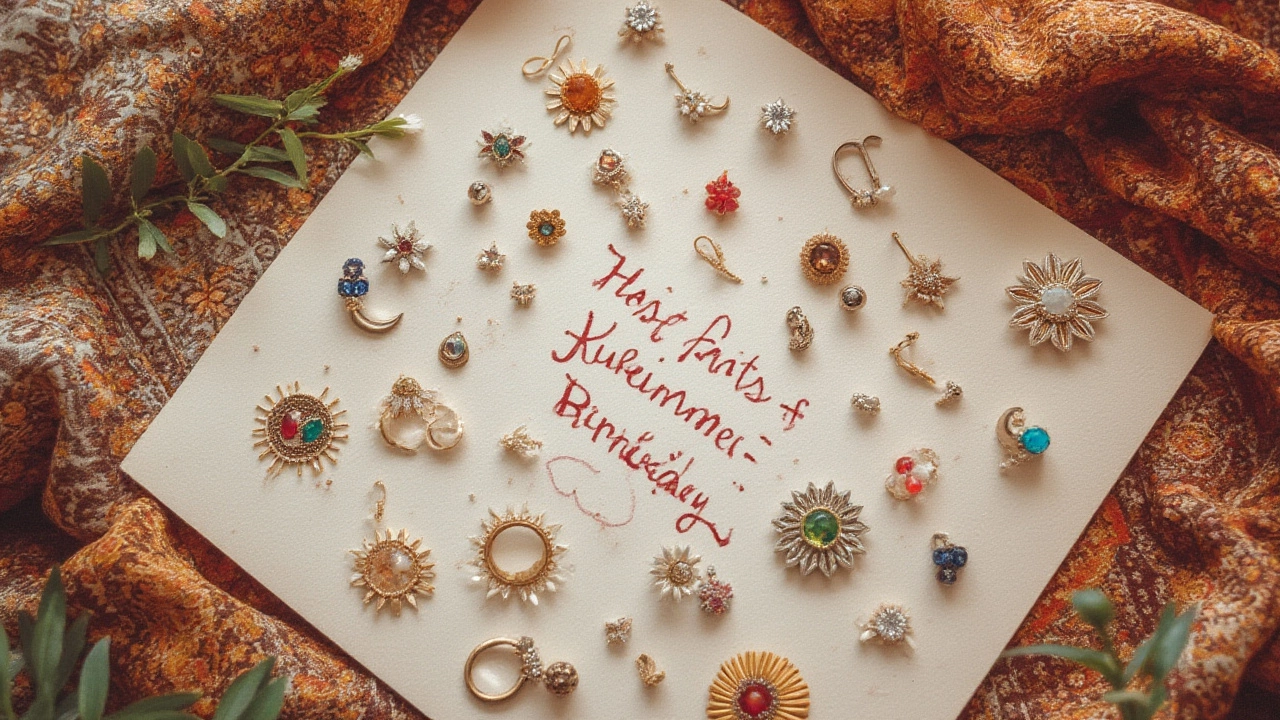
Symbolism, Identity, and the Lasting Appeal
Dig underneath the sparkle and style, and nose pins still carry a ton of meaning. For some, it will always be about tradition—like that gentle reminder from your grandma when you step out for a family gathering. For others, it’s pure confidence; a way to stand out or signal their beliefs. Social researchers find that for Gen Z and millennials, the nose pin is as much a marker of independence as it is a shoutout to culture.
There’s something quietly powerful about this tiny piece of jewelry. It can whisper “I’m rooted” or “I’m unique.” Remember, in some communities, a married woman will wear a specific size or shape—for example, the classic Maharashtrian nath with its pearls and red stones. A whole region might have a signature style: Bengali women prefer floral gold studs; Kashmiri brides often choose a large hoop called the ‘nathni’ attached with a chain to their hair. Every little detail, from design to material, ties back to story or status.
Let’s bust a myth: nose pins aren’t just about women. Plenty of men wear them too, especially in fashion capitals like New Delhi and London, or even in smaller cities where modern trends meet tradition. During the global protests and counterculture movements in the 1990s and 2000s, nose rings stood in as subtle emblems of resistance. Today, they’re an “I-own-my-look” kind of deal, and you’ll find people mixing traditional designs with street style. It’s all about personal expression.
A lot of young people say their first piercing was as much a group event as a personal choice. There’s the thrill of picking out the design, flinching at the pinch, showing off the healing “war wound,” and comparing stories about who fainted (it happens more often than you think). You see dozens of tutorials on YouTube, each one with thousands of views, all because this little accessory just doesn’t fall out of style. And why would it? It sits right next to your smile, after all.
If you’re worried about future job prospects or older relatives raising eyebrows, trends are on your side. There’s this huge global move towards accepting piercings (including nose pins) in the workplace, supported by smarter, cleaner jewelry designs. In large Indian metros or even multinational firms worldwide, a simple stud is barely noticed—unless you want it to be.
Would a nose pin suit you? That’s up to you. Still, if you ask my honest opinion, whether it’s about staying rooted, making a statement, or just adding a hint of shimmer to your Saturday look, the nose pin is a fashion staple that’s not fading out soon. So next time you spot one, think of all the stories, history, and sass it quietly represents. Makes you want to try one, doesn’t it?
